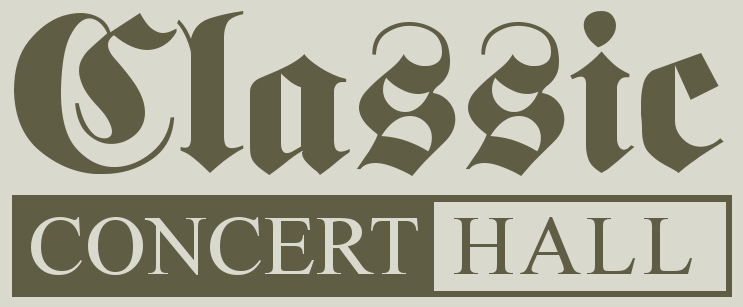| Description: | Ludwig van Beethoven (1770-1827) composed his "Piano Sonata No. 12 in A-flat major, Op. 26, "in 1800–1801, around the same time as he completed his "First Symphony." He dedicated the sonata to Prince Karl von Lichnowsky, who had been his patron since 1792.
The "Funeral March" is the third movement in the sonata.
The full title of the "Funeral March" movement is "Marcia funebre sulla morte d'un Eroe"; the dead hero is never identified and is likely a mere literary device. Here, the obvious symphonic parallel is the second movement of the composer's not-too-distant "Eroica" Symphony (1803), right down to the irregularly palpitating rhythmic figure. Left-hand drum rolls dominate the contrasting middle section, but the more subdued march proper returns for another statement.
This rather astonishing successful transcription was done by English organist Francis Cunningham Woods (1862-1929).
Woods, Francis Cunningham. M.A. (Oxon, 1890), Mus.B. (Oxon, 1891), F.R.C.O. Studied at the National Training School, Kensington, London, 1877-80, under Sir Arthur Sullivan and Dr Ebenezer Prout. Organist of Brasenose College, Oxford, 1883-86; organ scholar of Exeter College, Oxford, 1886-95; organist to the Duke of Marlborough, Blenheim, 1891-94; of Highgate School, 1896-. Conducted the Finsbury Choral Association, 1897-1901; music teacher. Composed orchestral music, anthems, services, songs, &c. b. St. Pancras, London, England, Aug. 29th, 1862; d. London, Sep. 21st, 1929.
I won't try to describe the impact of the work - you'll just have to listen for yourself!
I will say that NO other organ has the pure heroism in its sound as does the Armley Schulze. The "tremolandos and fanfares" in the middle section are amazing!
The "orchestral clang" of the reeds gives the feel of a great funeral orchestra.
The score is attached below, as well as a painting of Beethoven in 1803, almost the exact time he composed this sonata.
Also attached are two photos of F. Cunningham Woods. |



